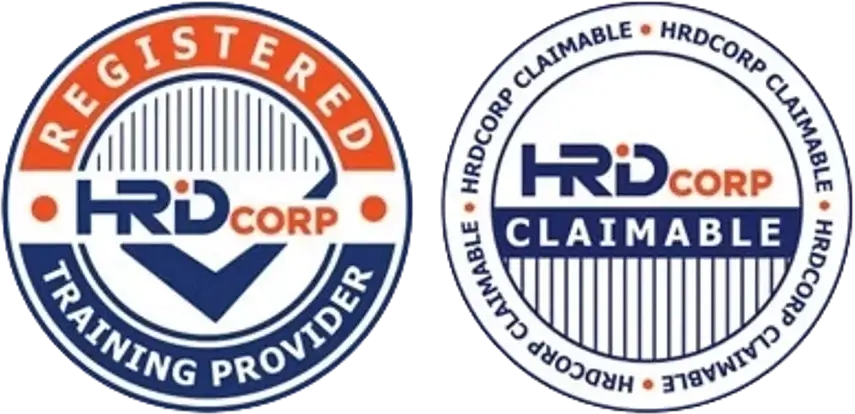What Role Does Traceability Play in GMP Compliance?
Traceability is not just a regulatory buzzword — it’s a core component of Good Manufacturing Practice (GMP) in the food industry. It allows companies to track the journey of raw materials, ingredients, packaging, and finished products throughout the entire production process.
Let’s explore why traceability is essential for GMP compliance and how your business can strengthen this critical system.
🎯 Why Traceability Matters in GMP
-
Ensures product safety and quality control
-
Helps in quick identification of non-conformities
-
Enables effective recall management
-
Supports regulatory and certification compliance (e.g., HACCP, ISO 22000, FSSC 22000)
-
Builds customer trust through transparency and accountability

✅ Key GMP Requirements Related to Traceability
📦 1. Raw Material Traceability
-
Record:
-
Supplier name and approval status
-
Batch/lot number
-
Delivery and expiry dates
-
-
Ensure segregation of materials to prevent mix-ups
-
Use a receiving checklist with quality inspection results
🏷️ 2. In-Process Tracking
-
Track materials through:
-
Weighing, mixing, and batching stages
-
Intermediate product transfers
-
Operator handling and equipment used
-
-
Record time, date, and process parameters
🧾 3. Finished Product Traceability
-
Assign unique batch/lot numbers to each production run
-
Document:
-
Packaging materials used
-
Final product weight/volume
-
Best-before or expiry dates
-
-
Maintain links between raw materials and finished goods
🔄 4. Forward & Backward Traceability
-
Backward traceability: Identify all raw materials, sources, and handling used in any finished product
-
Forward traceability: Identify all finished products that used a specific batch of raw materials or packaging
-
Both directions are required during recalls or complaints
📂 5. Recordkeeping & Accessibility
-
Keep traceability records for at least 1–2 years (or longer, depending on product shelf life)
-
Ensure records are:
-
Clear, accurate, and legible
-
Digitally or physically organized for quick access during audits or inspections
-
⚠️ Common Traceability Mistakes That Break GMP Compliance
-
Missing or incomplete batch records
-
Mix-ups between raw materials or packaging
-
Use of unapproved suppliers without documentation
-
Lack of documented links between production steps
-
Delayed responses to product complaints or recalls due to poor recordkeeping
🛠️ How to Improve Your Traceability System
-
Implement barcode or QR code tracking
-
Use batch coding machines for labels and packaging
-
Train staff on recording and verification procedures
-
Conduct traceability drills every 6–12 months
-
Integrate traceability checks into your internal GMP audits
🧩 Final Thoughts
Traceability is the backbone of a solid GMP system. It protects your brand, your customers, and your ability to operate in both domestic and export markets. Whether you’re preparing for ISO 22000, HACCP, or FSSC 22000, traceability is not optional — it’s essential.
Need help implementing a strong traceability system in your food manufacturing process?
Contact CAYS Scientific — we help SMEs across Malaysia align their GMP practices with global food safety standards and certifications.



